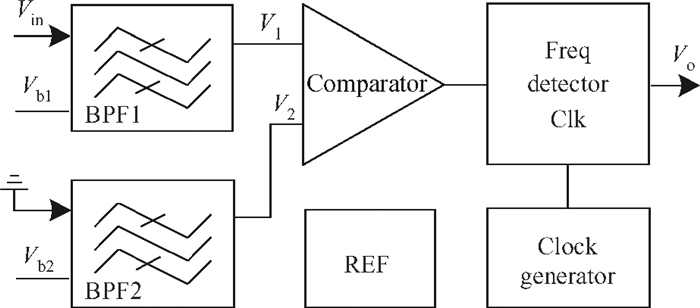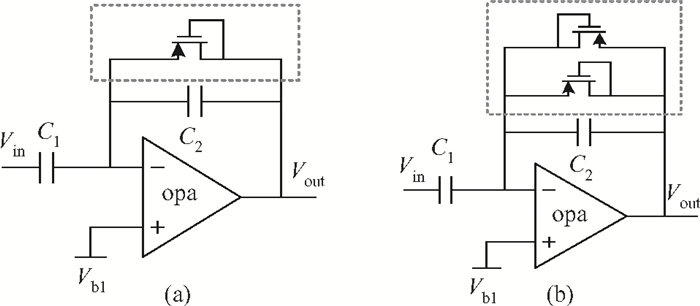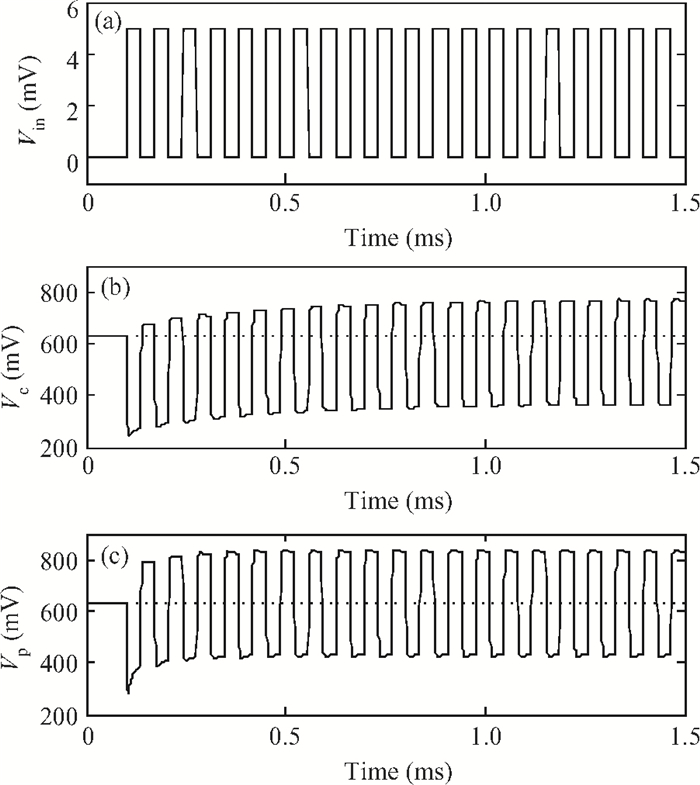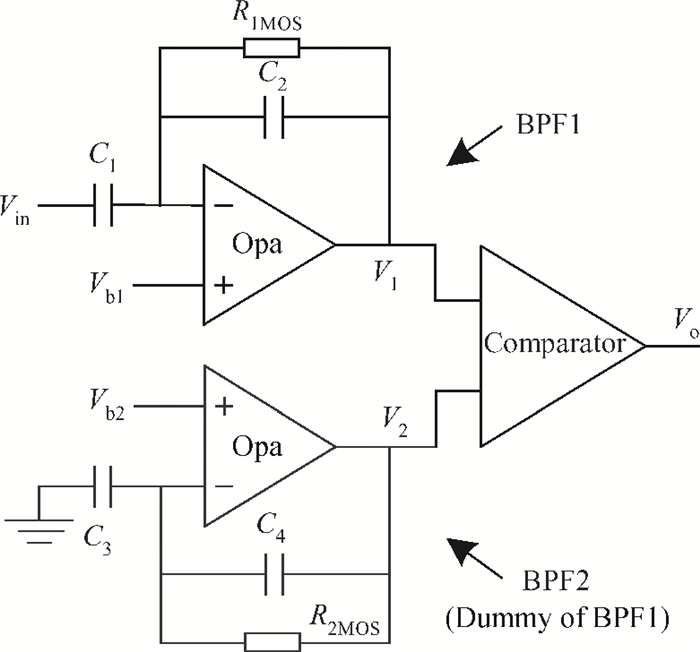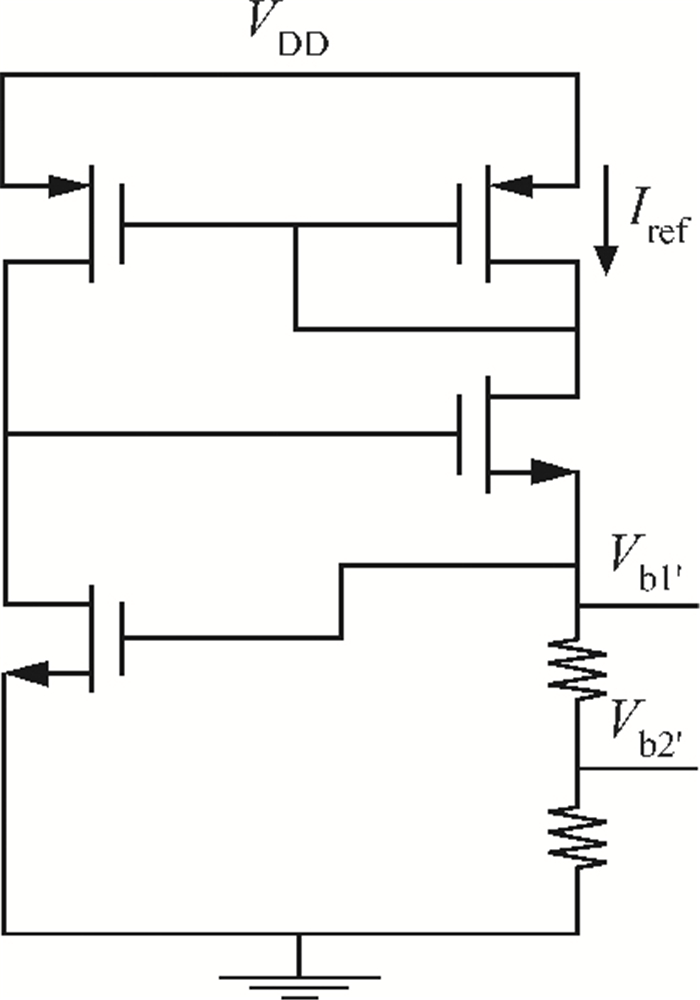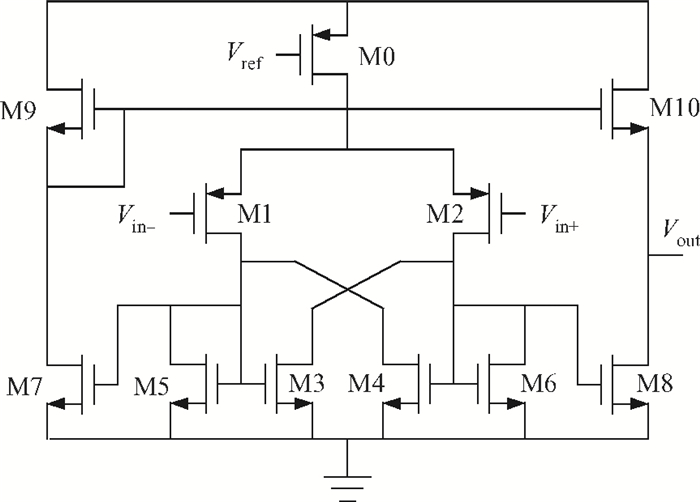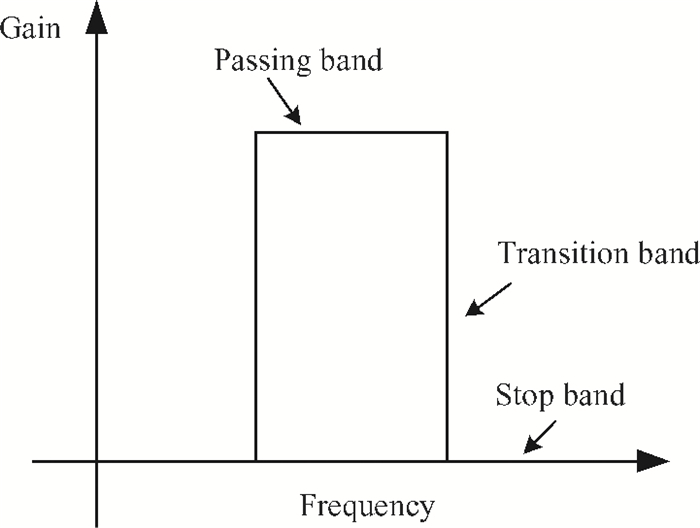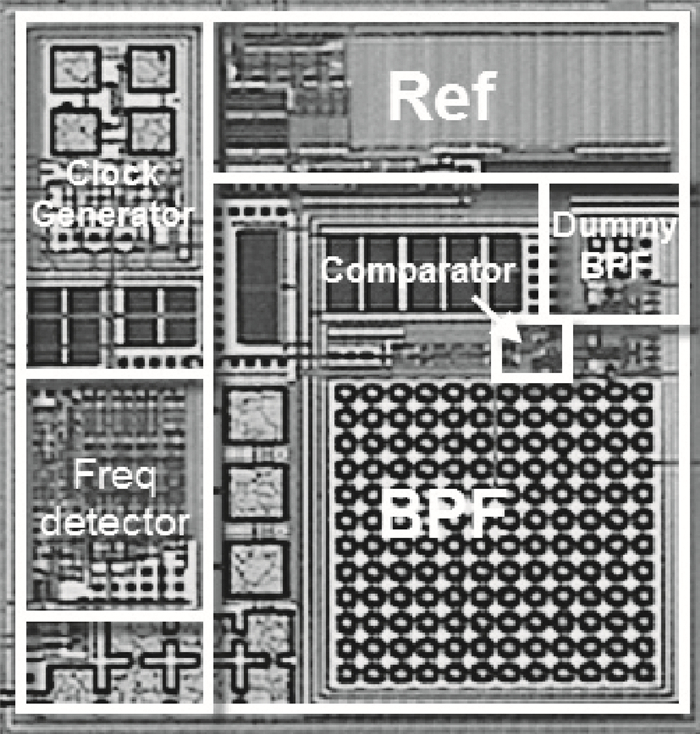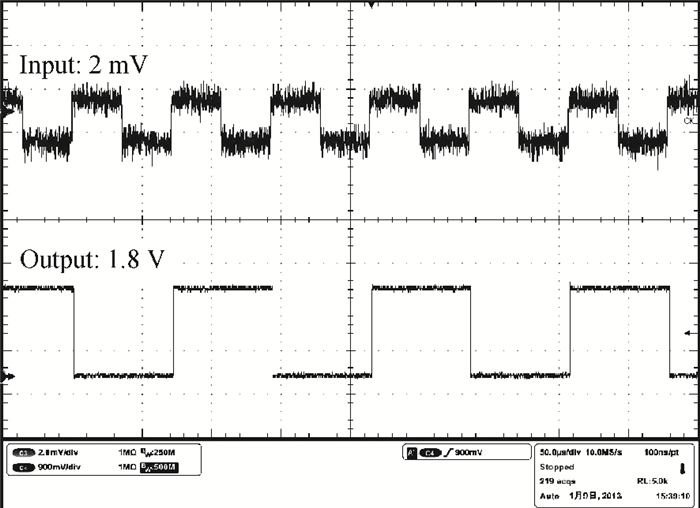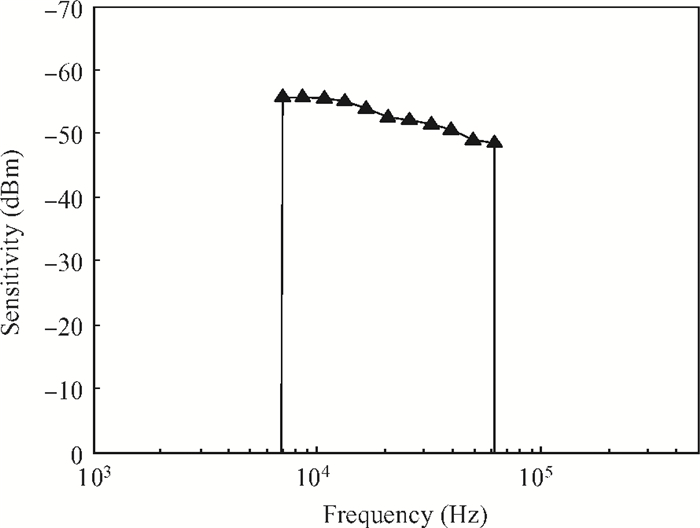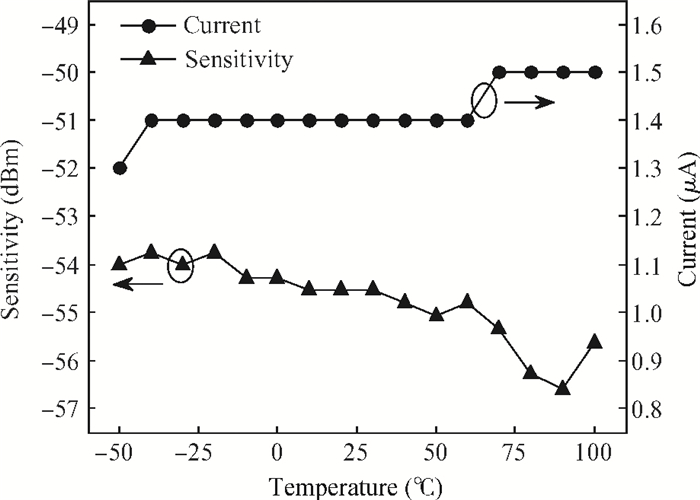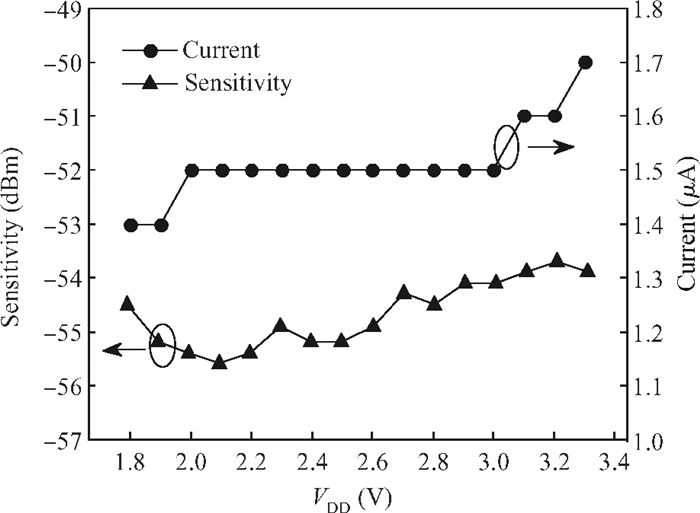| Citation: |
Wenrui Zhu, Haigang Yang, Tongqiang Gao, Fei Liu, Xiaoyan Cheng, Dandan Zhang. A baseband circuit for wake-up receivers with double-mode detection and enhanced sensitivity robustness[J]. Journal of Semiconductors, 2013, 34(8): 085011. doi: 10.1088/1674-4926/34/8/085011
****
W R Zhu, H G Yang, T Q Gao, F Liu, X Y Cheng, Dandan Zhang and A Zhang. A baseband circuit for wake-up receivers with double-mode detection and enhanced sensitivity robustness[J]. J. Semicond., 2013, 34(8): 085011. doi: 10.1088/1674-4926/34/8/085011.
|
A baseband circuit for wake-up receivers with double-mode detection and enhanced sensitivity robustness
DOI: 10.1088/1674-4926/34/8/085011
More Information
-
Abstract
This paper proposes a baseband circuit for wake-up receivers with double-mode detection and enhanced sensitivity robustness for use in the electronic toll collection system. A double-mode detection method, including amplitude detection and frequency detection, is proposed to reject interference and reduce false wake-ups. An improved closed-loop band-pass filter and a DC offset cancellation technique are also newly introduced to enhance the sensitivity robustness. The circuit is fabricated in TSMC 0.18 μm 3.3 V CMOS technology with an area of 0.12 mm2. Measurement results show that the sensitivity is -54.5 dBm with only a ±0.95 dBm variation from the 1.8 to 3.3 V power supply, and that the temperature variation of the sensitivity is ±1.4 dBm from -50 to 100℃. The current consumption is 1.4 to 1.7 μA under a 1.8 to 3.3 V power supply. -
References
[1] Yoon D Y, Jeong C J, Cartwright J, et al. A new approach to low-power and low-latency wake-up receiver system for wireless sensor nodes. IEEE J Solid-State Circuits, 2012, 47:2405 doi: 10.1109/JSSC.2012.2209778[2] Marinkovic S, Popovici E. Nano-power wake-up radio circuit for wireless body area networks. IEEE Radio and Wireless Symposium (RWS), 2011:398 http://ieeexplore.ieee.org/document/5725447/?tp=&arnumber=5725447&contentType=Conference%20Publications&sortType%3Ddesc_p_Publication_Year%26searchField%3DSearch_All%26queryText%3DNano-power%20Circuit[3] Milosiu H, Meier F, Preiss H, et al. A novel concept for a long lifetime wireless geofencing system with an integrated sub-10μA wake-up receiver. RFID SysTech 2011; Proceedings of 7th European Workshop on Smart Objects:Systems, Technologies and Applications, 2011:1[4] Zou J, Zhu S, Feng K, et al. Design of low power wake-up circuits applied to OBU system chip. International Conference on Microwave and Millimeter Wave Technology (ICMMT), 2012 http://ieeexplore.ieee.org/document/6229898/authors[5] Choi J, Lee K, Yun S O, et al. An interference-aware 5.8 GHz wake-up radio for ETCS. IEEE International Solid-State Circuits Conference Digest of Technical Papers (ISSCC), 2012:446 http://ieeexplore.ieee.org/document/6177084/authors[6] Chen W, Che W Y, Wang X, et al. A two-stage wake-up circuit for semi-passive RFID tag. IEEE 8th International Conference on ASIC, 2009:553 http://ieeexplore.ieee.org/document/5351345/[7] Che W Y, Meng D C, Chang X G, et al. A semi-passive UHF RFID tag with on-chip temperature sensor. IEEE Custom Integrated Circuits Conference (CICC), 2010:1 http://ieeexplore.ieee.org/document/5617397/?arnumber=5617397&filter%3DAND(p_IS_Number:5617377)[8] Zhang W, Wang Z, Zhang C. A 6.93μW wake-up circuit for active RFID tags. Asia Pacific Conference on Microelectronics & Electronics, 2009:452[9] Hambeck C, Mahlknecht S, Herndl T. A 2.4μA wake-up receiver for wireless sensor nodes with -71 dBm sensitivity. IEEE International Symposium on Circuits and Systems (ISCAS), 2011:534[10] Pletcher N, Gambini S, Rabaey J. A 65μW, 1.9 GHz RF to digital baseband wakeup receiver for wireless sensor nodes. IEEE Custom Integrated Circuits Conference, 2007:539[11] Kuduck K, Jaeyoung C, Jeongki C, et al. A 5.8 GHz integrated CMOS dedicated short range communication transceiver for the Korea/Japan electronic toll collection system. IEEE Trans Microw Theory Tech, 2010, 58:2751 doi: 10.1109/TMTT.2010.2077891[12] CITA. Chinese DSRC standard for ETC. GB/T 20851-2007, ed. Beijing, 2007[13] Lemmerhirt D F, Wise K D. Chip-scale integration of data-gathering microsystems. Proc IEEE, 2006, 94:1138 doi: 10.1109/JPROC.2006.873619[14] Barnett R, Jin L. A 0.8 V 1.52 MHz MSVC relaxation oscillator with inverted mirror feedback reference for UHF RFID. IEEE Custom Integrated Circuits Conference, 2006:769 http://ieeexplore.ieee.org/document/4115067/keywords[15] Zhang Y, Chen S J, Kiyani N F, et al. A 3.72μ W ultra-low power digital baseband for wake-up radios. International Symposium on VLSI Design, Automation and Test (VLSI-DAT), 2011:1[16] A. Company, "ATA5283 Preliminary, " Datasheet -
Proportional views





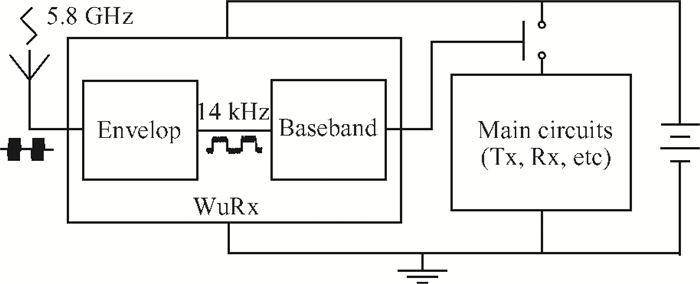
 DownLoad:
DownLoad:
